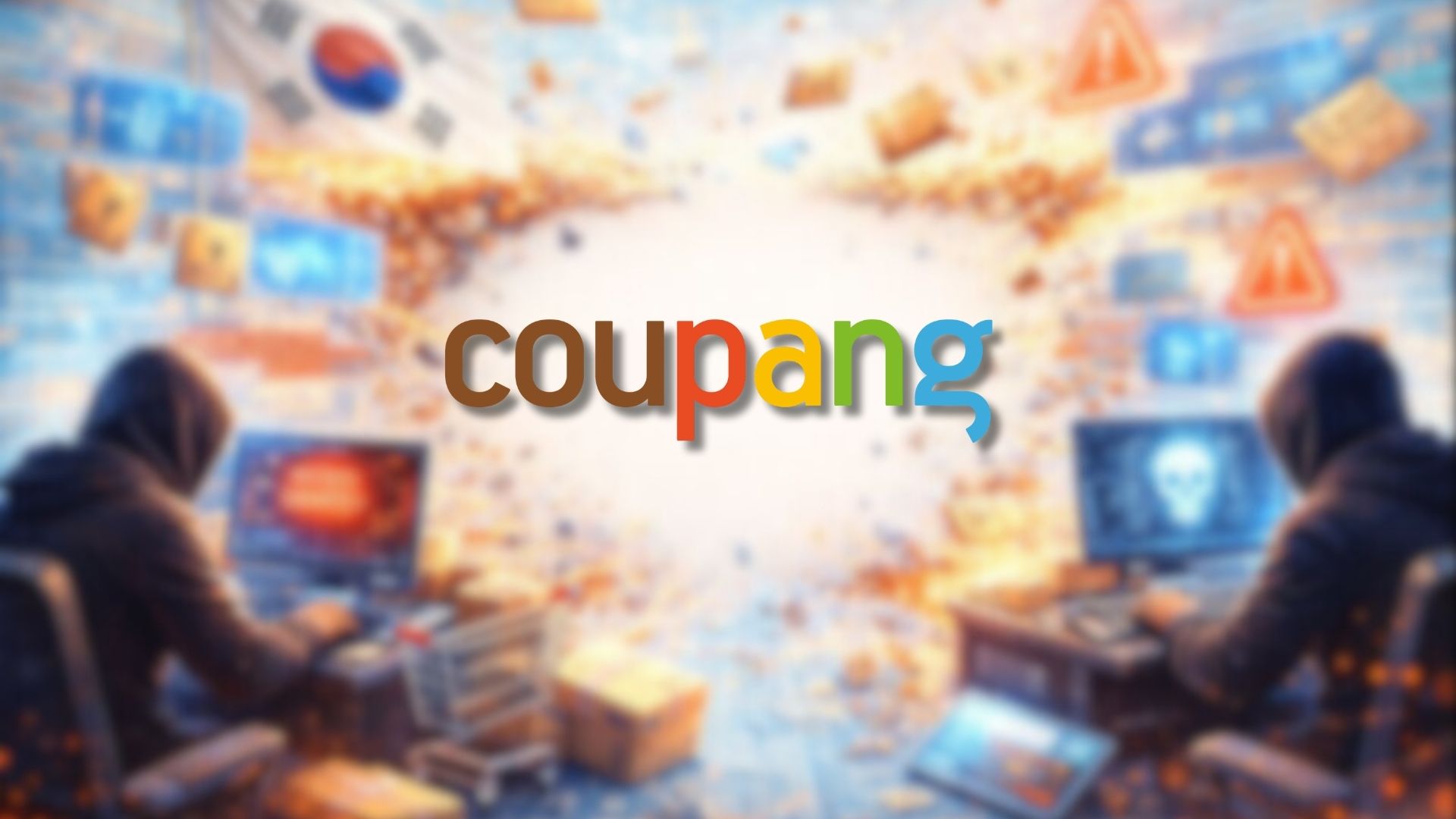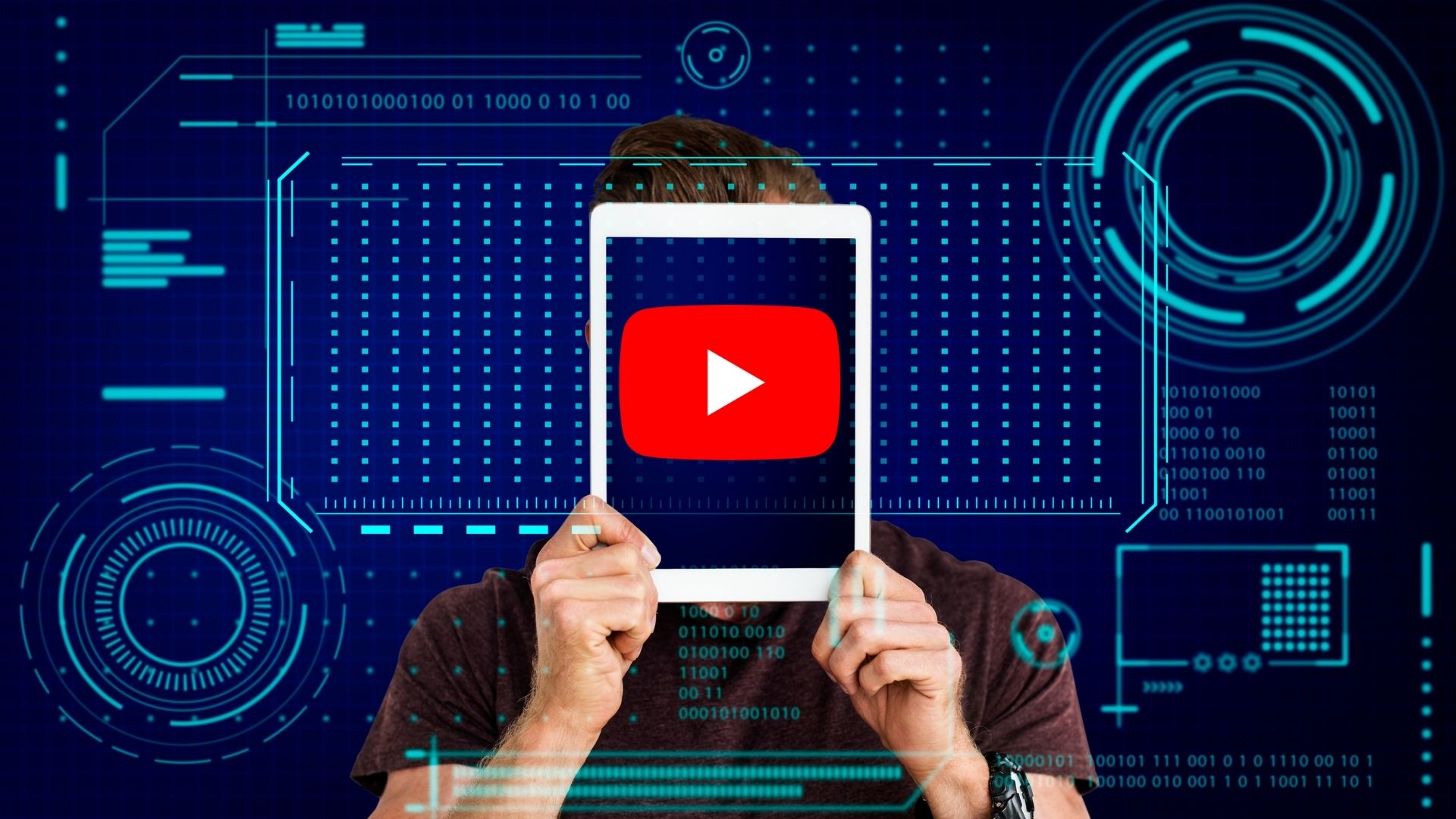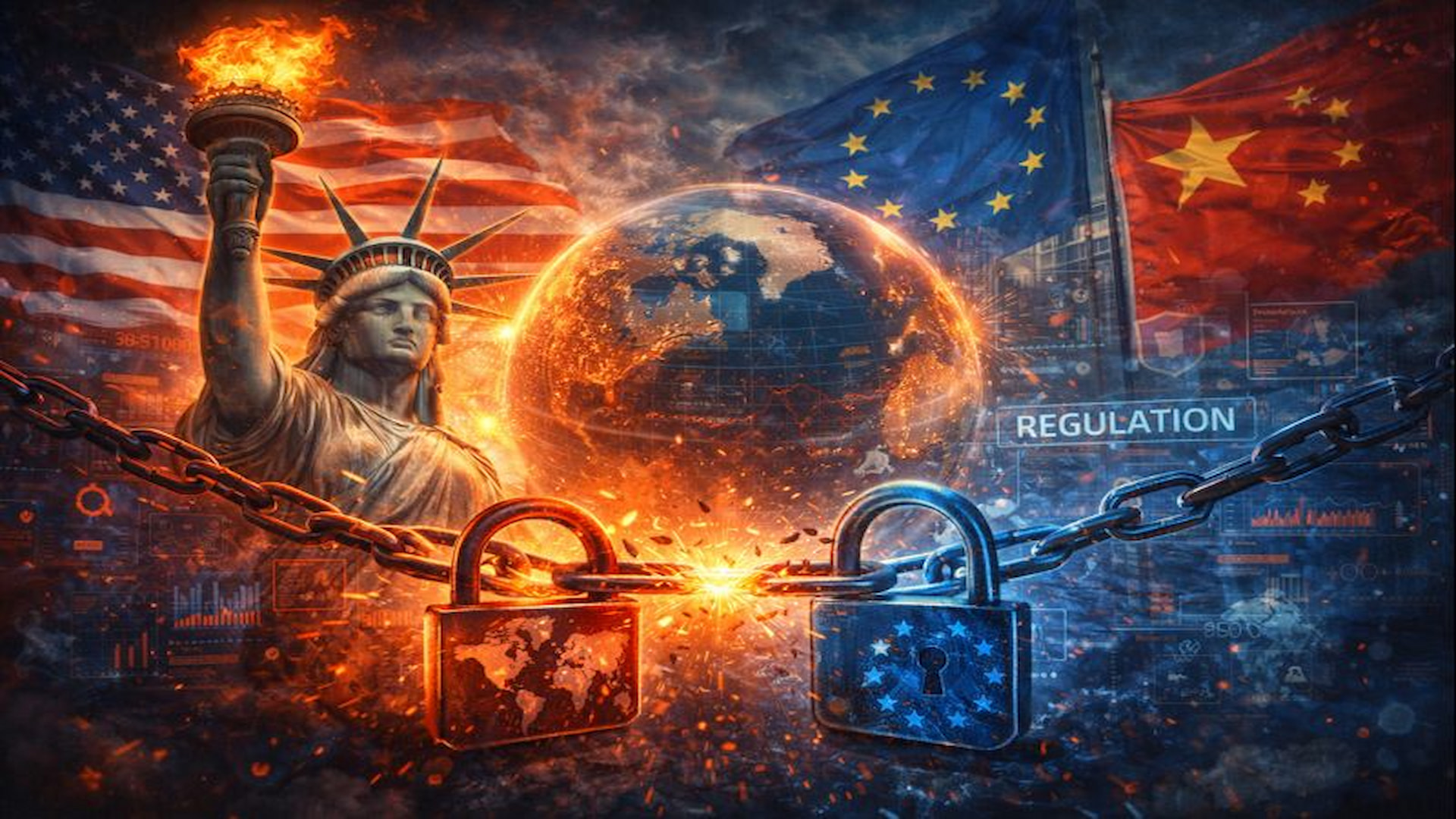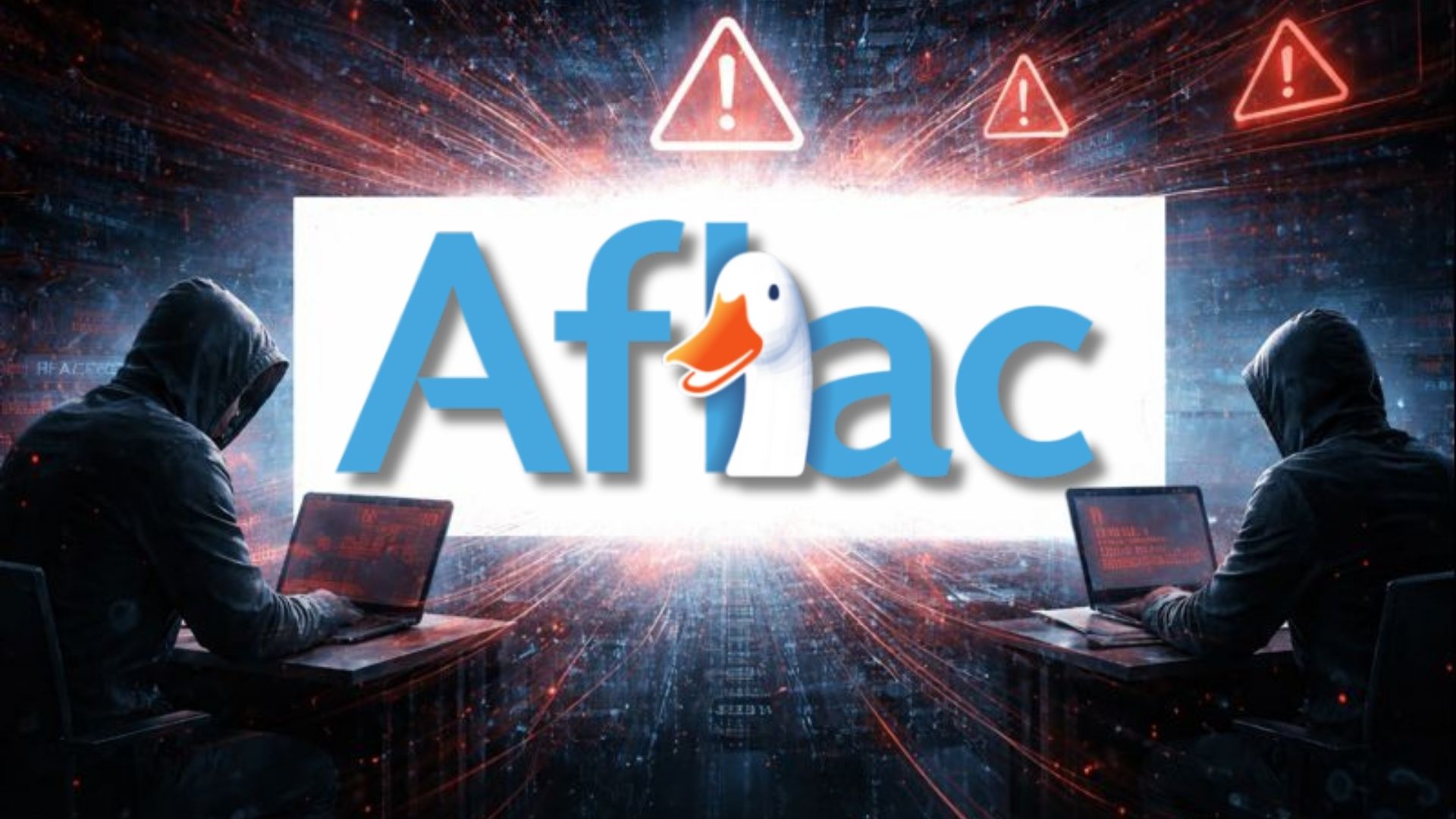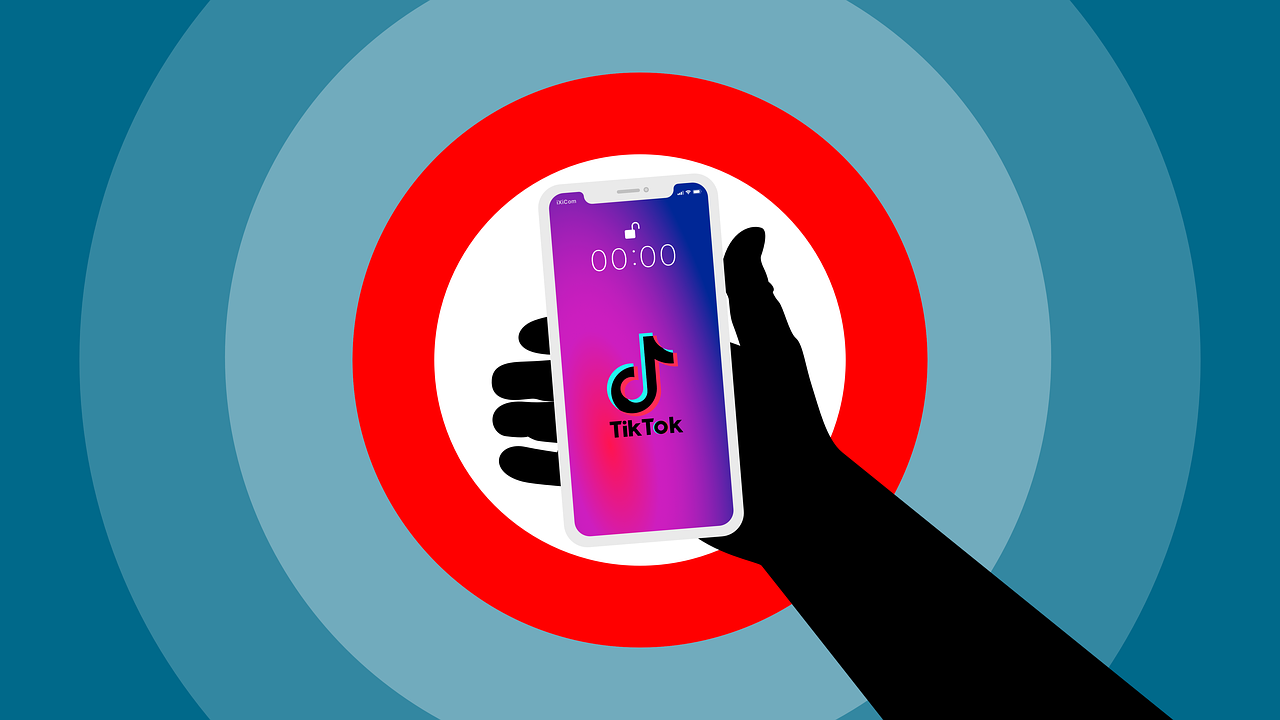South Korean e-commerce firm Coupang has apologised for a major data breach affecting more than 33 million users and announced a compensation package worth 1.69 trillion won. Founder Kim Bom acknowledged the disruption caused, following public and political backlash over the incident.
Under the plan, affected customers will receive vouchers worth 50,000 won, usable Choi Minonly on Coupang’s own platforms. The company said the measure was intended to compensate users, but the approach has drawn criticism from lawmakers and consumer groups.
Choi Min-hee, a lawmaker from the ruling Democratic Party, criticised the decision in a social media post, arguing that the vouchers were tied to services with limited use. She accused Coupang of attempting to turn the crisis into a business opportunity.
Consumer advocacy groups echoed these concerns, saying the compensation plan trivialised the seriousness of the breach. They argued that limiting compensation to vouchers resembled a marketing strategy rather than meaningful restitution for affected users.
The controversy comes as the National Assembly of South Korea prepares to hold hearings on Coupang. While the company has admitted negligence, it has declined to appear before lawmakers amid scrutiny of its handling of the breach.
Would you like to learn more about AI, tech, and digital diplomacy? If so, ask our Diplo chatbot!

